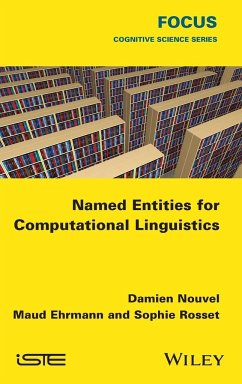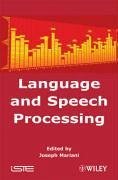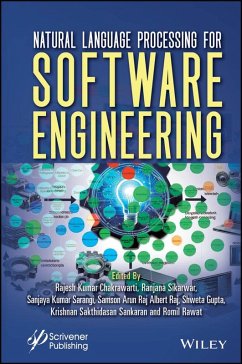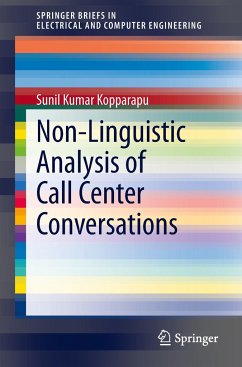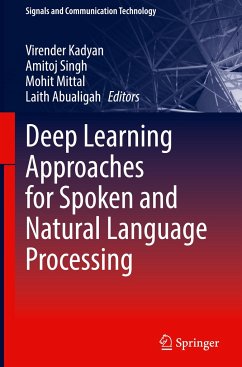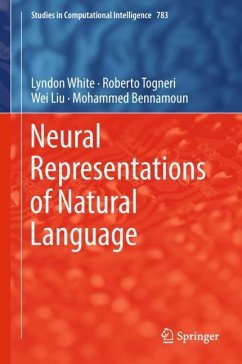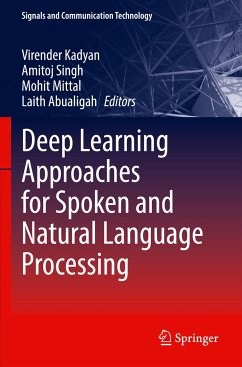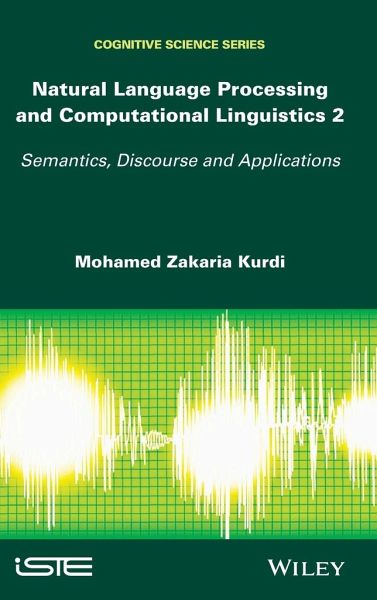
Natural Language Processing and Computational Linguistics 2
Semantics, Discourse and Applications
Versandkostenfrei!
Versandfertig in über 4 Wochen
157,99 €
inkl. MwSt.
Weitere Ausgaben:

PAYBACK Punkte
79 °P sammeln!
Natural Language Processing (NLP) is a scientific discipline which is found at the intersection of fields such as Artificial Intelligence, Linguistics, and Cognitive Psychology. This book presents in four chapters the state of the art and fundamental concepts of key NLP areas. Are presented in the first chapter the fundamental concepts in lexical semantics, lexical databases, knowledge representation paradigms, and ontologies. The second chapter is about combinatorial and formal semantics. Discourse and text representation as well as automatic discourse segmentation and interpretation, and ana...
Natural Language Processing (NLP) is a scientific discipline which is found at the intersection of fields such as Artificial Intelligence, Linguistics, and Cognitive Psychology. This book presents in four chapters the state of the art and fundamental concepts of key NLP areas. Are presented in the first chapter the fundamental concepts in lexical semantics, lexical databases, knowledge representation paradigms, and ontologies. The second chapter is about combinatorial and formal semantics. Discourse and text representation as well as automatic discourse segmentation and interpretation, and anaphora resolution are the subject of the third chapter. Finally, in the fourth chapter, I will cover some aspects of large scale applications of NLP such as software architecture and their relations to cognitive models of NLP as well as the evaluation paradigms of NLP software. Furthermore, I will present in this chapter the main NLP applications such as Machine Translation (MT), Information Retrieval (IR), as well as Big Data and Information Extraction such as event extraction, sentiment analysis and opinion mining.





